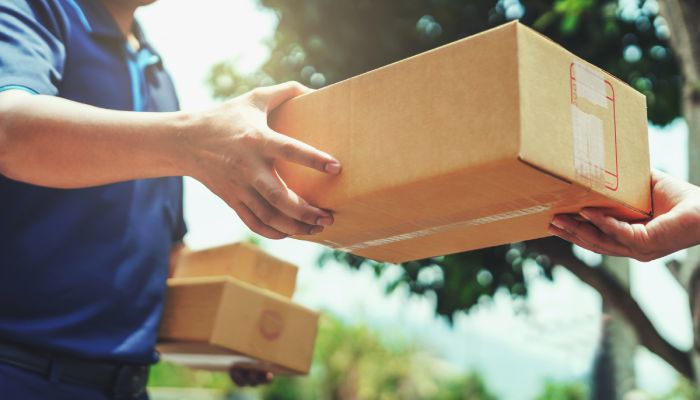Shipping delicate items like glassware, electronics, or ceramics can be a bit challenging, but with some careful planning, you can ensure they arrive safely and in good condition. Taking the right steps helps reduce the chance of damage and saves you money, making the process smoother and more reassuring.
Read on for essential tips for shipping delicate goods without damage that will protect your shipments and maintain customer satisfaction.
Choose the Right Packaging Materials
The foundation of any safe shipment begins with your packaging materials. Invest in high-quality materials, as they provide the support your goods need during transit. Essential materials to consider include the following:
- Bubble Wrap: A classic choice for wrapping individual items, providing cushioning against impacts.
- Packing Peanuts: Perfect for filling voids in boxes to prevent goods from shifting.
- Double-Walled Boxes: Sturdier than standard boxes, offering extra protection for fragile shipments.
Double Box For Added Safety
Fragile items benefit greatly from a double-boxing technique. Start by individually wrapping each item and placing it into a smaller box filled with cushioning material. Then, put that box into a slightly larger one with added packing peanuts or padding in between. This layering absorbs shocks from potential impacts during shipping.
Secure Items Properly To Prevent Shifting
Unstable goods are prone to damage during transit if they are not properly secured and move excessively within their packaging. To prevent this, use strategically placed dividers or foam inserts to hold items firmly in place inside the box. For oddly shaped products, moldable foam or air pockets can be customized to fill gaps and provide additional support, effectively maintaining stability during shipping.
Label Packages Clearly with Fragile Warnings
Attention-grabbing labels can play a major role in how carriers handle your goods. To ensure your items are treated with extra care, label packages prominently with notices such as “Fragile” or “Handle With Care.”
Use bold, legible fonts and place these labels on all sides of the box to maximize visibility. While these labels won’t guarantee careful handling, they serve as an essential visible reminder for carriers to exercise caution and can help reduce the risk of damage during transit.
Consider Temperature-Sensitive Needs
Some delicate shipments, such as food items or medical products, require controlled temperatures to prevent damage. Aside from ensuring proper insulation, using the correct product labels, especially in temperature-sensitive shipments, can’t be overstated.
Inform carriers of any specific storage or handling requirements via packaging instructions to maintain product safety. Using indicated labels ensures better management when shipping temperature-sensitive goods.
Choose a Reliable Shipping Partner
Partnering with a reputable shipping provider ensures high standards for handling delicate packages, reducing damage risks. Research carriers with strong reviews for fragile goods, as their experience and reliable service matter.
Some companies offer specialized options like white-glove delivery, involving careful handling and placement, or real-time tracking to monitor progress. These services add assurance, ensuring your fragile items arrive safely.
Test and Validate Your Packaging
Before sending out large shipments, test your packaging by conducting a trial shipment. Drop tests or vibration simulations can help identify any weak points in your current shipping method. By making proactive adjustments, you mitigate future risks and improve outcomes for delicate items.
Shipping fragile goods doesn’t need to feel complicated. By implementing these tips for shipping delicate goods without damage, you protect your items and save time and money in the long run. Start applying these strategies today for a world of smoother, safer deliveries!







